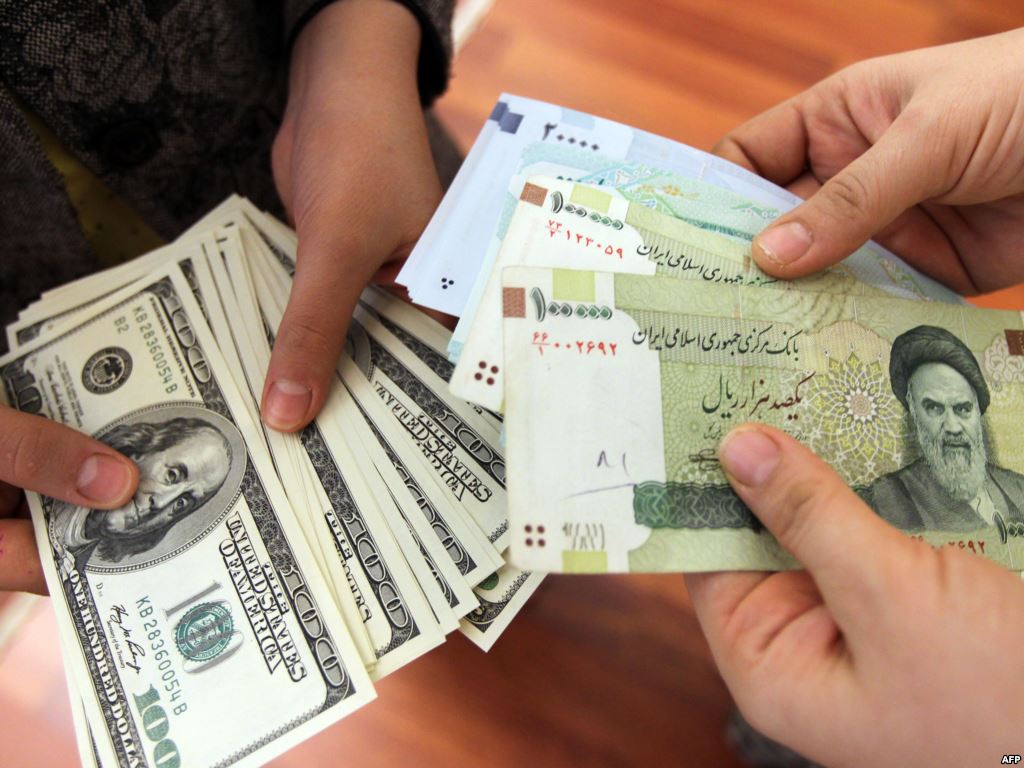When a country’s currency weakens, its imports go up in price but its exports gain competitiveness. This is an exhaustive cycle, however.
As exports rise, the country’s currency regains value, canceling the initial benefits. Uncertainty, future expectations, inflation and cross border investment all nudge currency values.
However, these points seem lost with many in Iran, most alarmingly to policymakers and their critics.
“All post-revolution [1979] governments, have equated the dollar’s increase in price [in rial terms] with the concept of weakening of the national currency,” wrote Masoud Khansari in the Persian daily Donya-e-Eqtesad.
“Insistence on this policy has given rise to the same view in public,” he added.
This means that instead of looking at currency value in relative terms and its changes as manifestations of economic conditions, exchange rates have become a matter of national pride and are looked at in absolute terms. As a result, frantic efforts are made to avoid devaluation at all cost to uphold national pride and consumer purchasing power, even if it means losing export potential and jobs.
This misconception was again thrust to the fore this past month. The greenback shot up in Azar (the Iranian month ending December 20), bolstered by its rise to 14-year highs in international markets, and uncertainty over US-Iran relations following Donald Trump’s election as the 45th US president.
The US dollar soared nearly 10% during the month, breaking above 40,000 rials per dollar for the first time since the height of Iran’s currency crisis four years ago. The exchange rate had hovered around the 33,000-rial mark for over two years, as low domestic demand and the government’s successful battle against inflation held exchange rates stable.
State officials are keeping with the usual narrative, evident in their response.
“In the government’s opinion, the dollar’s current exchange rate is not real and this pseudo-price will be broken in markets,” Mohammad Baqer Nobakht, the head of Budget and Planning Organization and government spokesperson, told reporters on Thursday.
Such efforts on the part of policymakers usually precede their wasteful efforts to battle market fundamentals and enforce controls. Similar comments have been made by MPs.
Iran has a multiple exchange rate regime. So, part of this reaction is because Nobakht has signed a 33,000-rial exchange rate in next year’s budget for the central bank’s official rate, which the bank has promised to abolish countless times in the past two years. And a 40,000-rial dollar throws government calculations into disarray and makes carrying out the bank’s pledge tougher.
Now, any central bank should defend its currency’s stability. Large swings in exchange rates and shocks are damaging, like what happened to Iran following the intensification of nuclear sanctions in 2012-13. But uphill battles against market fundamentals, and in this case the erosion of rial’s value by inflation, are hardly prudent.
Instead, the government should accept and advertise reality, and dispel myths about currency valuation. Unifying the foreign exchange rate regime should top its agenda; without it, businesses will continue to lose domestic and foreign markets, as inflation drives their costs up while imports get cheaper from rial’s hollow stability.
A more transparent forex regime would help businesses, curb corruption and add depth to Iran’s markets.



